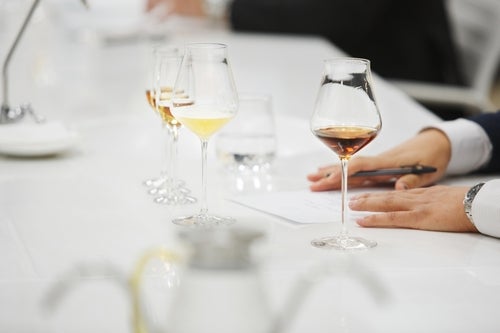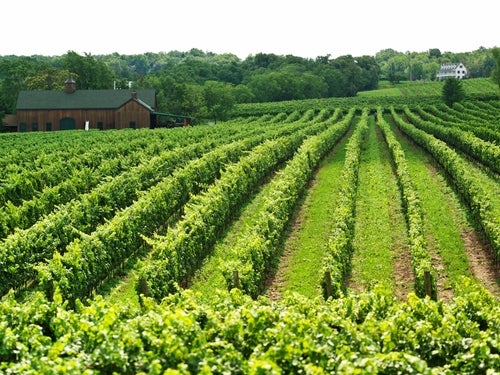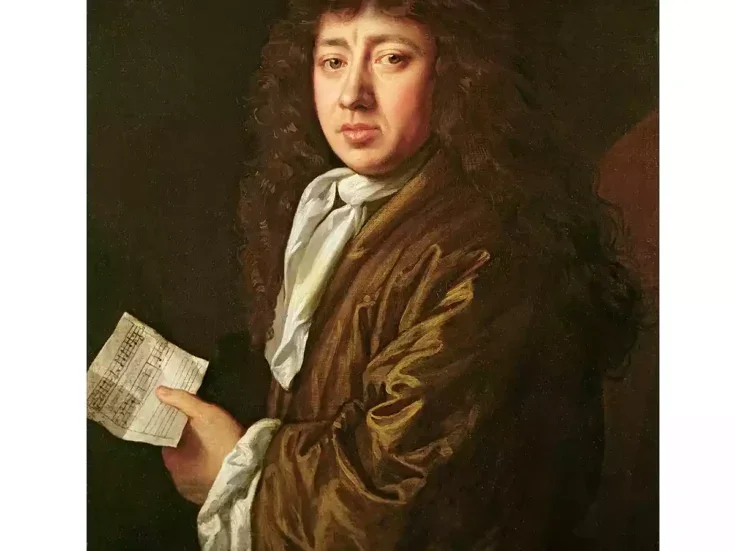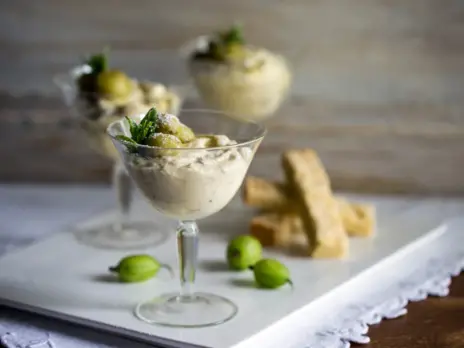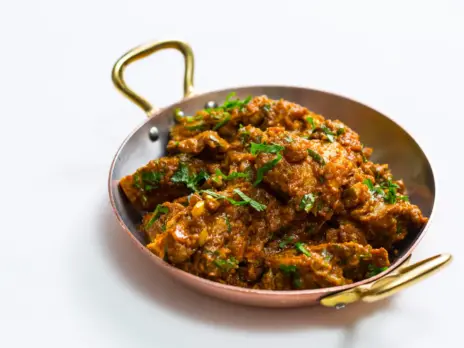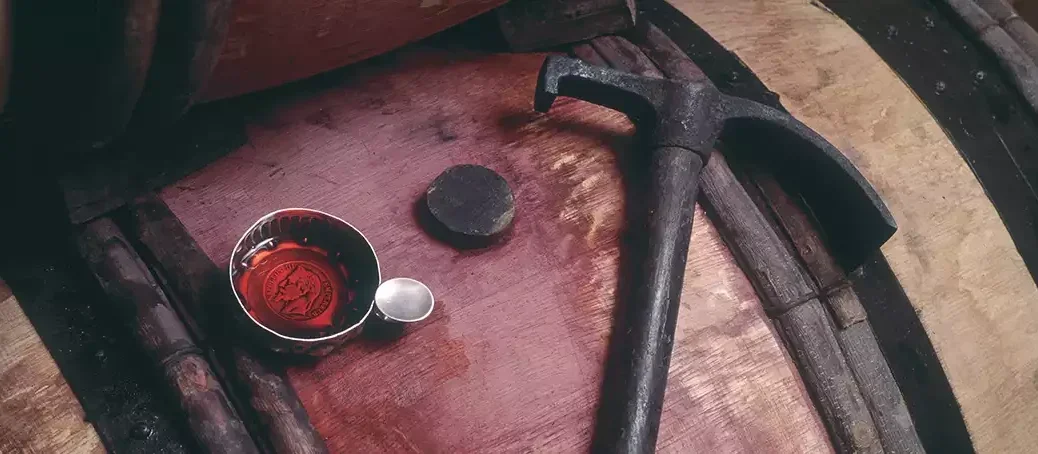
Coined in the 1990s by Jacky Rigaux, the term “geosensory tasting” refers to a method practiced in Burgundy some nine centuries ago by the so-called gourmets. Without relying on the senses of sight or smell, they were trusted to verify the viticultural origins of wines. As Anick Goumaz relates, this challenging and intriguing technique is now coming back into fashion and being taught increasingly widely, from France and Switzerland, to Shanghai. Translated into English by James K Finkel
Geosensory tasting is a very old practice, dating back to the Burgundy Gourmet Guild. In France, for the most part, it has been revived in recent years. In a few words, it consists of giving less importance to olfaction and therefore to aromas. As a result, aromas are mainly perceived in retro-olfaction, i.e., in the mouth. And why the term “geosensorial?” Because, according to its origin and the people who advocate this method, it transmits far more messages linked to the place of production than tasting based mainly on aromas. A wine-geek story? Yes and no… At present, the subject seems to appeal mainly to a niche audience. The mention of geosensory tasting raises the eyebrows of most people, whether amateurs or professionals, but it also has the potential to be popularized. After all, we’re not all equal when it comes to understanding aromas. Enophile and neurobiologist Gabriel Lépousez, who conducts research into sensory perception at the Institut Pasteur, demonstrated this on the “La Terre à Boire” podcast. He took the example of beta-ionone, the molecule responsible for the violet aroma in wine: “This beta-ion molecule activates only one of our 400 olfactory receptors. In the human population, some people have sensors that work well and others not at all. This is just one example of what we regularly rediscover on the olfactory scale. There’s a lot of variability.” Although mouthfeel is also personal, it is far less so than olfaction. “At the tactile and gustatory level (with the exception of bitter), the difference in perception threshold between two people is at most a factor of five to ten,” adds Lépousez, “whereas it’s a factor of 10,000 for the sense of smell.” Awareness of that alone ought to simplify the process for the burgeoning wine taster.
From gourmets to geosensors
The origins of geosensory tasting lie in the guild of gourmets, active for centuries in Burgundy. These specialists controlled the wine trade as far back as the 12th century, their main role to ensure that the wine sold was indeed what was indicated on the barrel. They tasted the wine using a tastevin, a special cup that permitted the analysis of neither the wine’s color nor its aroma. Gourmets therefore relied mainly on the feel of the palate. Like all guilds, they seem to have disappeared during the French Revolution. At the beginning of the 19th century, industrialization took hold of wine production, and local wines lost their importance. This was just before the phylloxera crisis, which brought viticulture to an abrupt halt.
After the renaissance of the vineyards, wine tasting once again became a savoir-faire exercise, but based on a different method; the 1960s saw the advent of analytical or sensory tasting. It was reinforced by several factors, including the launch of the famous INAO glass. This was the brainchild of Jules Chauvet, a scientist and wine merchant in the Beaujolais region. With the geometry of the glass, Chauvet sought to optimize the olfactory perception of aromas.
In the intervening years, gourmets and their know-how have been almost forgotten—but not quite. A few writings and associations of enthusiasts kept the method alive and would later enable its renaissance, following an exchange between Burgundy vigneron Henri Jayer and researcher Jacky Rigaux. Jayer advised Rigaux to reread Histoire et Statistique de la Vigne et des Grands Vins de la Côte-d’Or, published by Professor Jules Lavalle in 1855. In it, a short paragraph was devoted to gourmets. Jayer and Rigaux began to practice the technique, initially to promote local wines. Then, a decade or so later, Rigaux conceptualized the gourmet process and renamed it “geosensory tasting,” with the aim of teaching it to others. It took him several more years to set up the necessary training courses.
Schooling the geosensory way
In the telling of his various encounters, Rigaux invokes some of the great names in the world of wine, including Aubert de Villaine, Georges Truc, and Jean-Michel Deiss. “The aromas described by the amateur taster speak much more about his or her character than the wine he or she is describing,” says Deiss, a fabled Alsace winemaker. “Nature has provided us with all the touch sensors in the mouth, and a very solid, universal, highly effective vocabulary. Can there be any misunderstanding about the meaning of the words we use in geosensory tasting, such as hot or cold, thick or thin, rough or smooth? No, never.” In 2013, Deiss founded the Université des Grands Vins, which provides training in fine wine through the practice of geosensorial tasting. Five years later, he introduced the method to the faculty of Geography and Planning at the University of Strasbourg. Author Audrey Delbarre is one of the lecturers there: “Geosensory tasting is complementary to other forms,” she says. “Reordering our senses by focusing on the mouth helps us avoid being fooled by our brain, which tends to anticipate sensations and thus influence our emotions.”
At the same time, Franck Thomas, recognized as Europe’s Best Sommelier in 2000, is launching his training center, where he promotes three types of tasting: analytical, intuitive, and geosensory. In 2019, he joined the Revue du Vin de France Academy, which has ten training centers in France and, since 2023, a branch in Switzerland through Pur Jus Education, founded by Alexandre Centeleghe. A former collaborator of James Suckling, Centeleghe now devotes his time to teaching, both at the École Hôtelière de Lausanne and with his own business. “I’ve known about geosensory tasting for more than ten years,” he says, “but I’ve been really interested in it for the past three or four. Until now, I had a very classical approach, but I wanted to feel more at one with the wine. Pragmatically, for me, geosensory tasting makes sense as part of a whole.”
Lilla Fülöp, corporate head sommelier at Grand Metropolitan Hotels in Zurich and an accredited Wine & Spirit Education Trust educator, feels the same way. She prefers local wines and always looks for the imprint of terroir in her glass, but she favors analytical tasting. “I adhere to structured methods, which involve visual analysis, detecting aromas through olfaction, and tasting the wine to fully understand its structure. Recognition of the components influenced by terroir comes toward the end of my process.”
Could geosensory tasting be a tool for food and wine pairing? Fülöp says, “Even if the method is fascinating for those who really want to understand wine, I find it too complex in a typical restaurant setting. I prefer to conduct detailed tastings of terroir wines, where food may or may not complement the experience.” So, who is geosensorial tasting for? “To borrow a fashionable term,” says Centeleghe, “terroirists should go all out! I hope to see more of us doing it, so that we can create a community and experience it together.”
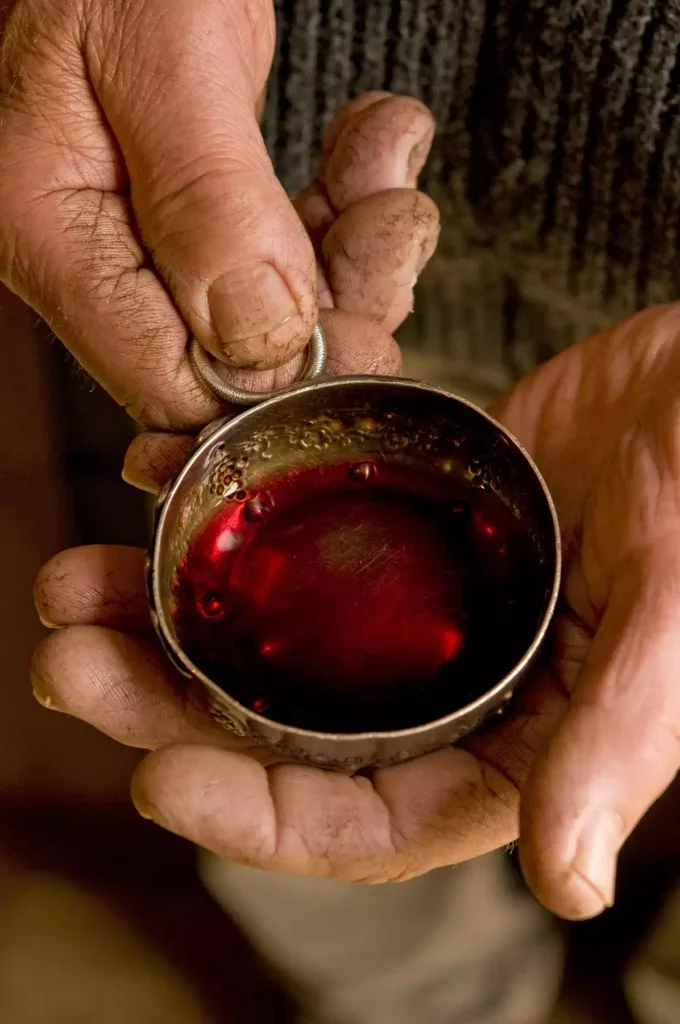
A dialogue with Jacky Rigaux, descendant of the gourmets
Jacky Rigaux is the author of several books. The best-known are Le Réveil des Terroirs: Défense et Illustration des Climats de Bourgogne and La Dégustation Géosensorielle. An active retiree, Rigaux still teaches in Burgundy and Strasbourg. He travels the world with a focus on geosensory tasting, to which he devotes workshops, and he also advises producers of terroir wines.
When did you first hear about gourmets?
It was during a tasting with Bourguignon Henri Jayer. As I was describing he wine with a host of olfactory descriptors, he looked at me and retorted, “Wine isn’t meant to be sniffed—it’s meant to be drunk!” He was referring to gourmets. He referred me to Lavalle’s Histoire et Statistique de la Vigne et des Grands Vins de la Côte-d’Or. Later, I also found out about gourmets in Les Cinq Sens, by one of our great philosophers, Michel Serre.
Who are these famous gourmets?
From the 12th century, wine was traded throughout Europe. In all the major vineyards, wine-trade professionals appeared. They were called gourmets. They existed from the 12th century until the French Revolution. They could tell if the wine in a barrel came from the place indicated on the label. They knew how to recognize them, especially by mouthfeel. They didn’t forget about the aromas, but they knew them through retronasal sensory effect, which is a combination of traditional smell (orthonasal) and taste modalities.
What is your definition of geosensory tasting?
Before there was such a thing as sensory analysis tasting, we used the tastevin. Geosensory tasting is associated with the philosophy of climats. The place gives a message in the glass, and this message is tactile. Our gourmets of yesteryear began by putting the wine in their mouths; before assessing anything else, they looked for its feel.
Why has this practice been lost?
In the 19th century, technological wines took over, and we lost the gourmet approach. Let’s not forget that in the 1960s and ’70s, the vocabulary of wine tasting was incredibly poor. At that time, wine growers wanted to considerably extend the appellations. The sensory analysis of aromas has become a common denominator, highlighted by the launch of the INAO glass, the development of mass-produced wines from the New World, and America’s penchant for heavily oaked wines.
Why might we want to return to this gourmet tasting?
Because we know that gourmets received much more information and signals from the place of origin by starting with taste and mouthfeel. As soon as I started tasting like them, I began to feel more things in the wine. At first, when I was practicing with my friend Henri Jayer, I wasn’t thinking at all about conceptualizing this practice. I was a militant supporter of terroirs—an early ecologist—and gourmet tasting was a way for me to support these hard-fought initiatives.
Yet you conceptualized this method and renamed it…
Yes, because the term “gourmet tasting” sounded too much like cooking. It was easier to rename it and talk about it more broadly. Eye, first sniff, second sniff, mouth: analytical tasting respects these stages. What about geosensory tasting? Here, we talk about the four mouthfuls. The first is used to “chew” the wine, to get a good feel for its texture, and to have it in contact with all the tactile sensors in the mouth. On the second pass, we close our eyes and concentrate on what’s happening with the salivation. With the third pass comes the analysis of flavors: acidity, saltiness, bitterness, sweetness, and now umami, thanks to the suggestion of my friend Gabriel Lépousez, a neurobiologist and specialist in sensory perception. Finally, and only on the fourth pass, do aromas come into play, but through retronasal rather than through orthonasal smell.
What role does aroma analysis play in your practice?
At first, journalists thought we were denying aromas—but on the contrary! In fact, I’m a champion of aromas. I love the work of sociologist Edgar Morin, who said that modern science was based on simplification. That’s what happened with analytical tasting. When he developed it in the 1960s, Jules Chauvet—whom I nevertheless greatly respect—amputated tasting. He said that nasal olfaction was 20,000 times superior to taste. And it’s true that he had an incredible nose!
Does the grape variety still matter?
We forget all about the grape variety and focus on the message of the place of origin—that’s where geosensory tasting comes in.
In analytical tasting, we talk about descriptors (violet for Syrah, apricot for Viognier, and so on); is this also the case in geosensorial tasting?
Yes, it is. Even if geosensorial tasting has a more holistic objective.
We’ve already mentioned mouthfeel. Salivation is particularly important…
A wine from a great terroir is a mouthwatering wine. From the moment it causes salivation, it shows that there’s terroir. There are some monstrous wines that are well built, great on the first taste, but hard to drink on the second. But with a true vin de lieu [wine of place], you can’t help but salivate.
Is geosensory tasting suitable for wine connoisseurs of all levels?
Of course it is, because when it comes to the mouth, there’s no room for bullshit. Consistent or thin, warm or cold are all very clear terms.
For texture, we have the students touch a variety of fabrics. Around 30% of one’s tactile sensors are located in the mouth. This means that the mouth is just as good at touching as the hand, foot, or skin. All we need to do is rediscover and rehabilitate these capabilities. The enthusiast who begins analysis through the mouth feels much more at ease, because he or she is reconnecting with things that are completely natural. Even if they don’t perceive the purple violet or plum right away, they find the “material” of the wine. The palate is more universal. Mouth sensations are much more easily shared than nose sensations.
Even so, we are not used to describing feel in the mouth. Do your training sessions in Strasbourg provide keys in this direction?
Yes, they do. We teach our students to identify tactile markers, those of salivation, but also of different flavors: acidity or what we call “liveliness,” saltiness, bitterness, sweetness, and umami.
What kinds of profiles do your students have?
There’s a bit of everything—from critics and winemakers, to amateurs and professionals. In fact, we are currently graduating the first class.
Are all terroirs in all wine-growing regions suitable for geosensory tasting?
Of course they are. The Italians, for example, are very interested in this approach, which they can apply to the great Barolos and, increasingly, to the wines of Tuscany. An Italian publisher is going to translate my book. In Spain, Álvaro Palacios also uses this approach. I’m also in contact with Egon Müller and Katharina Prüm. And I’ve just returned from Santa Barbara, California. I regularly run workshops for Chinese amateurs. A geosensory tasting school has opened in Shanghai. Fortunately, they’re used to tasting tea in a similar way.
What advice would you give to someone who wants to take the plunge?
Practice! Take part in workshops, for example.
What do you say to skeptics?
I leave it to them to read the work of my friend Gabriel Lépousez, a neurobiologist and sensory perception specialist, as well as historians and other experts who have studied gourmets and their practices.
Note
A version of this article first appeared in Vinum in October/November 2024. It is reproduced here by kind permission of the author and publisher.

